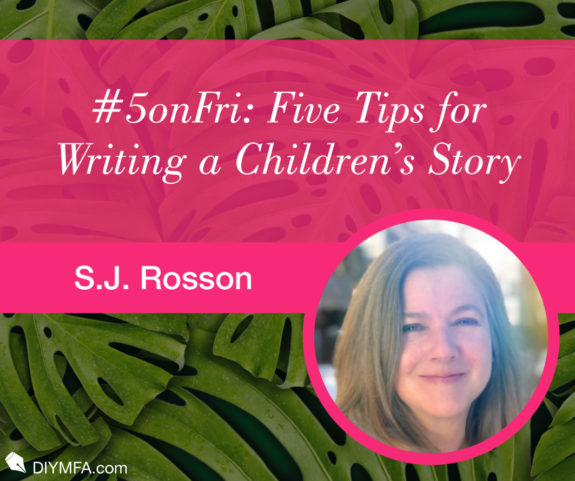Have you been kicking around a children’s story idea in your head and you’re not sure where to start?
You’re in luck! I’ve compiled several key questions into a survey and asked parents, grandparents, and teachers for their input. Based on their responses, I’ve summarized the top five best tools recommended for writing a children’s story.
I asked those in the survey what their favorite picture book was of all time and why they loved it. In asking my participants to recall their favorite picture books from their childhood, their responses came from a time when they were children and from that warm, cozy place of reading bedtime stories with their own children and grandchildren. That’s the feeling all children’s book authors want to invoke in their readers.
1. Characters and Their Interpersonal Relationships
Magical, resilient, powerful, clever, and sometimes hilarious characters, and the friendships between them are an integral part of creating a beloved children’s story. Every person surveyed mentioned character development. It was that important.
But how do we create these types of characters? My best advice is to get out into the world, look around, and listen. Don’t forget to bring a journal so you can write your observations on how children interact with each other and their world.
Write down how they speak. I find children have such rich dialogue and a lot of it is worth writing down. Write down how they resolve conflict with each other and the adults in their lives. Write down the wonder of discovering new things. So much in this world is new to children.
2. Rhyming and Repetitiveness
While I’ve read from many professionals that writers should ditch the rhyme, parents in the survey disagree. They adore stories with rhyme and repetition. Those books from their childhood are imprinted upon their hearts and minds.
Writing in rhyme is complex. You’ll need to make sure it has rhythm and meter, and this is done by understanding syllables and where they are stressed in the words you’re creating to tell your story. When writing rhymes for children, avoid near rhymes because at a young age, children should first learn the predictability of rhyming words through their phonetic relationships.
Don’t be afraid of repetition or redundancy in children’s picture books. Just think about how young children watch their favorite movies over and over and you’ll learn that children enjoy and need repetition in order to make connections and remember patterns. Repetition is simple; and, according to those surveyed, it’s an important element in a children’s story.
3. A believable Plotline
Parents and teachers commented that a believable plotline was also key to determining their favorite children’s story of all time. Let your story draw from real life and identifiable characters from which they can learn something about themselves.
Many in the survey said their favorite children’s book taught a moral, and they felt that was important. As a children’s writer, study folk tales of various cultures and then consider writing one of your own. There are so many great morals for children to learn. Weave a moral into your story.
4. Great Artwork
It’s important as an indie author to collaborate with an artist who shares your vision and captures in their art your voice, uniqueness of the characters, and the story setting. Your readers rely on a balance between text and illustrations to develop their story comprehension skills.
That brings me to another point.
When I skimmed the pages of the favorite picture books of all time listed in my survey, the illustrations had one thing in common: they were realistic. This might be just as important as a believable plot. Consider colors and lines when collaborating with an illustrator, and keep it realistic.
5. Give your reader an adventure
The final tip I gleaned from the survey: your reader is looking for an adventure. You’ve developed unique characters and outlined a believable plot illustrated in captivating colors and lines. Now, through concise, repetitive, and perhaps rhyming words, take your reader by the hand and lead them on a wondrous adventure to a place they’ve never been before.
Tell us in the comments: What’s your all time favorite children’s story? What did you love about it?

S.J. Rosson is releasing her first children’s picture book, The Lamb, in May 2022. She believes this story comes at a time when children need to hear a positive message about unconditional love and its redeeming work. She weaved in math counting concepts for fun. To learn more about pre-orders and exclusive, limited-time rewards, visit her website at: www.sjrosson.com.







